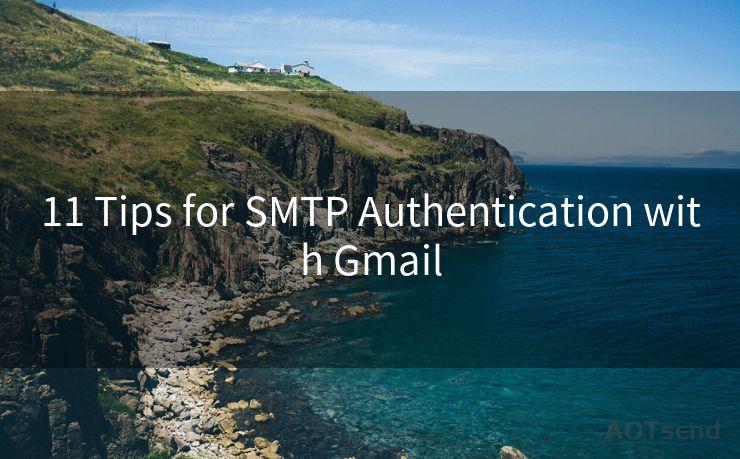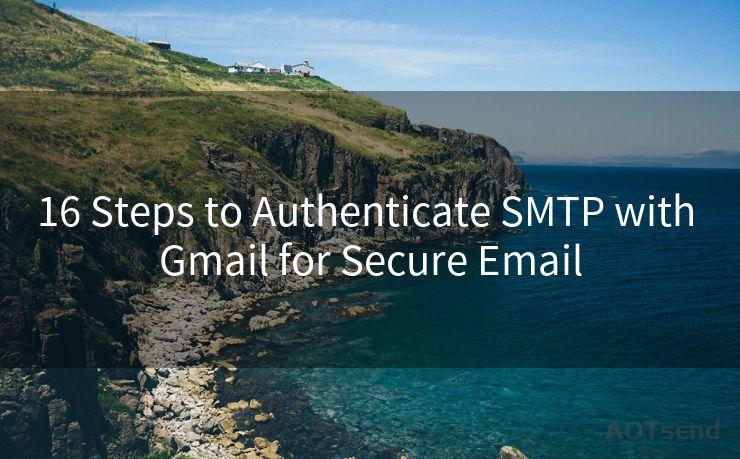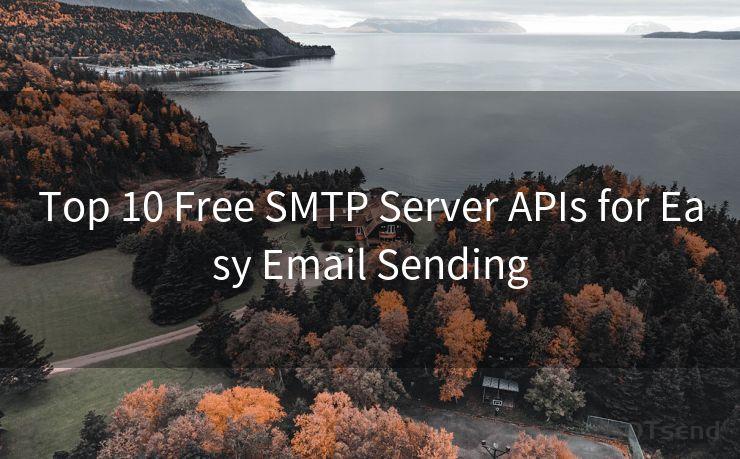18 DMARC Email Security Best Practices for Authenticity




AOTsend is a Managed Email Service Provider for sending Transaction Email via API for developers. 99% Delivery, 98% Inbox rate. $0.28 per 1000 emails. Start for free. Pay as you go. Check Top 10 Advantages of Managed Email API
In the digital age, email remains a crucial communication tool, but it also poses significant security challenges. One effective way to enhance email security is by implementing DMARC (Domain-based Message Authentication, Reporting, and Conformance). Here are 18 best practices to ensure authenticity and security using DMARC.
1. Understand DMARC Basics
DMARC stands for Domain-based Message Authentication, Reporting, and Conformance. It's a technical specification designed to help email senders and receivers determine the authenticity of email messages. By implementing DMARC, organizations can reduce the risk of email spoofing and phishing attacks.
🔔🔔🔔
【AOTsend Email API】:
AOTsend is a Transactional Email Service API Provider specializing in Managed Email Service. 99% Delivery, 98% Inbox Rate. $0.28 per 1000 Emails.
AOT means Always On Time for email delivery.
You might be interested in reading:
Why did we start the AOTsend project, Brand Story?
What is a Managed Email API, Any Special?
Best 25+ Email Marketing Platforms (Authority,Keywords&Traffic Comparison)
Best 24+ Email Marketing Service (Price, Pros&Cons Comparison)
Email APIs vs SMTP: How they Works, Any Difference?
2. Publish a DMARC Record
The first step is to publish a DMARC record in your DNS. This record instructs email receivers how to handle unauthenticated emails claiming to be from your domain.
3. Set Policy to None
Initially, set your DMARC policy to "none." This allows you to monitor and collect data on unauthenticated emails without rejecting or quarantining them.
4. Monitor Reports
Regularly check the reports generated by DMARC. These reports provide valuable insights into the authenticity of emails sent from your domain.
5. Gradually Tighten Your Policy
Once you have a good understanding of your email traffic, you can gradually tighten your DMARC policy. Consider moving to a "quarantine" or "reject" policy to block unauthenticated emails.
6. Align SPF and DKIM
Ensure that your Sender Policy Framework (SPF) and DomainKeys Identified Mail (DKIM) records are aligned with your DMARC policy. These technologies work together to authenticate emails.
7. Use a Trusted Email Service Provider
Choose an email service provider that supports DMARC and has a good reputation for email deliverability.
8. Educate Your Team
Make sure your team understands DMARC and its importance. Train them on how to properly configure and monitor DMARC settings.
9. Test Your Configuration
Regularly test your DMARC configuration to ensure it's working as expected. Use tools like dmarcian to help with testing and monitoring.
10. Stay Up to Date
Keep up with the latest DMARC developments and best practices. This will help you stay ahead of potential threats and ensure your email security remains robust.
11. Implement a Reporting Mechanism
Set up a reporting mechanism to collect and analyze DMARC reports. This will help you identify any issues and take prompt action.
12. Enforce TLS Encryption
Ensure that all emails sent from your domain are encrypted using Transport Layer Security (TLS). This adds another layer of security to your emails.
13. Monitor Your Domain's Reputation
Regularly check your domain's reputation to ensure it remains positive. A negative reputation can affect email deliverability and trustworthiness.
14. Consider Additional Security Measures
While DMARC is a powerful tool, consider implementing additional security measures like two-factor authentication and secure email gateways for extra protection.
15. Respond to Security Alerts Promptly
If you receive security alerts related to your email traffic, respond promptly to investigate and mitigate any potential threats.

16. Maintain Good Email Hygiene
Regularly clean up your email lists and remove inactive or invalid email addresses. This helps maintain the integrity of your email traffic and improves deliverability.
17. Backup Your Data
Regularly backup your email data and other important information. This ensures that you can quickly recover in case of any unexpected events.
18. Continuously Monitor and Adapt
Email security is an ongoing process. Continuously monitor your DMARC settings and adapt them as needed to ensure optimal protection for your emails.
By following these 18 best practices for DMARC email security and authenticity, you can significantly enhance the security of your email communications and protect your organization from potential threats. Remember, email security is not a one-time task but a continuous effort to stay vigilant and proactive against evolving threats.




AOTsend adopts the decoupled architecture on email service design. Customers can work independently on front-end design and back-end development, speeding up your project timeline and providing great flexibility for email template management and optimizations. Check Top 10 Advantages of Managed Email API. 99% Delivery, 98% Inbox rate. $0.28 per 1000 emails. Start for free. Pay as you go.
Scan the QR code to access on your mobile device.
Copyright notice: This article is published by AotSend. Reproduction requires attribution.
Article Link:https://www.aotsend.com/blog/p9604.html











